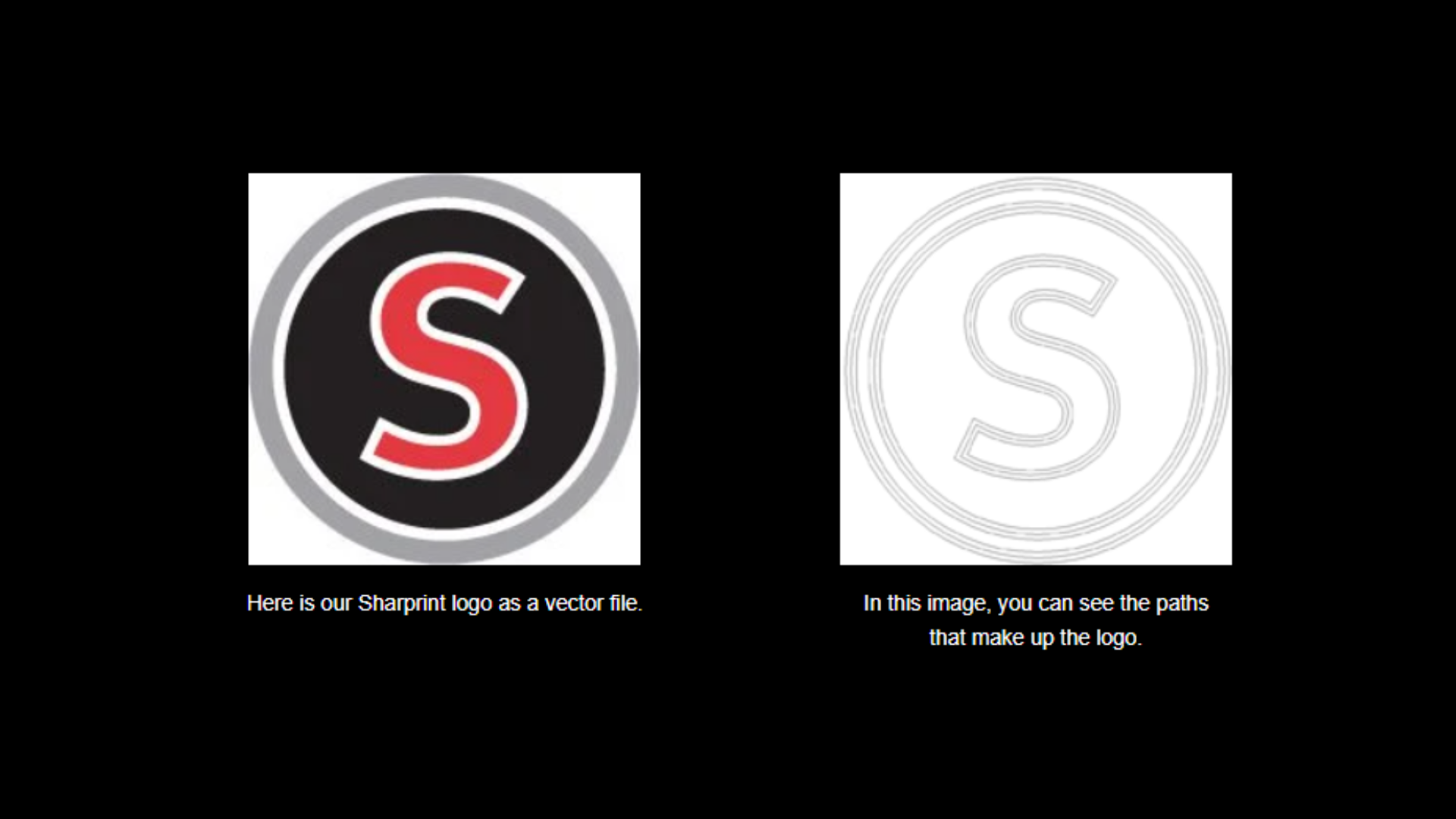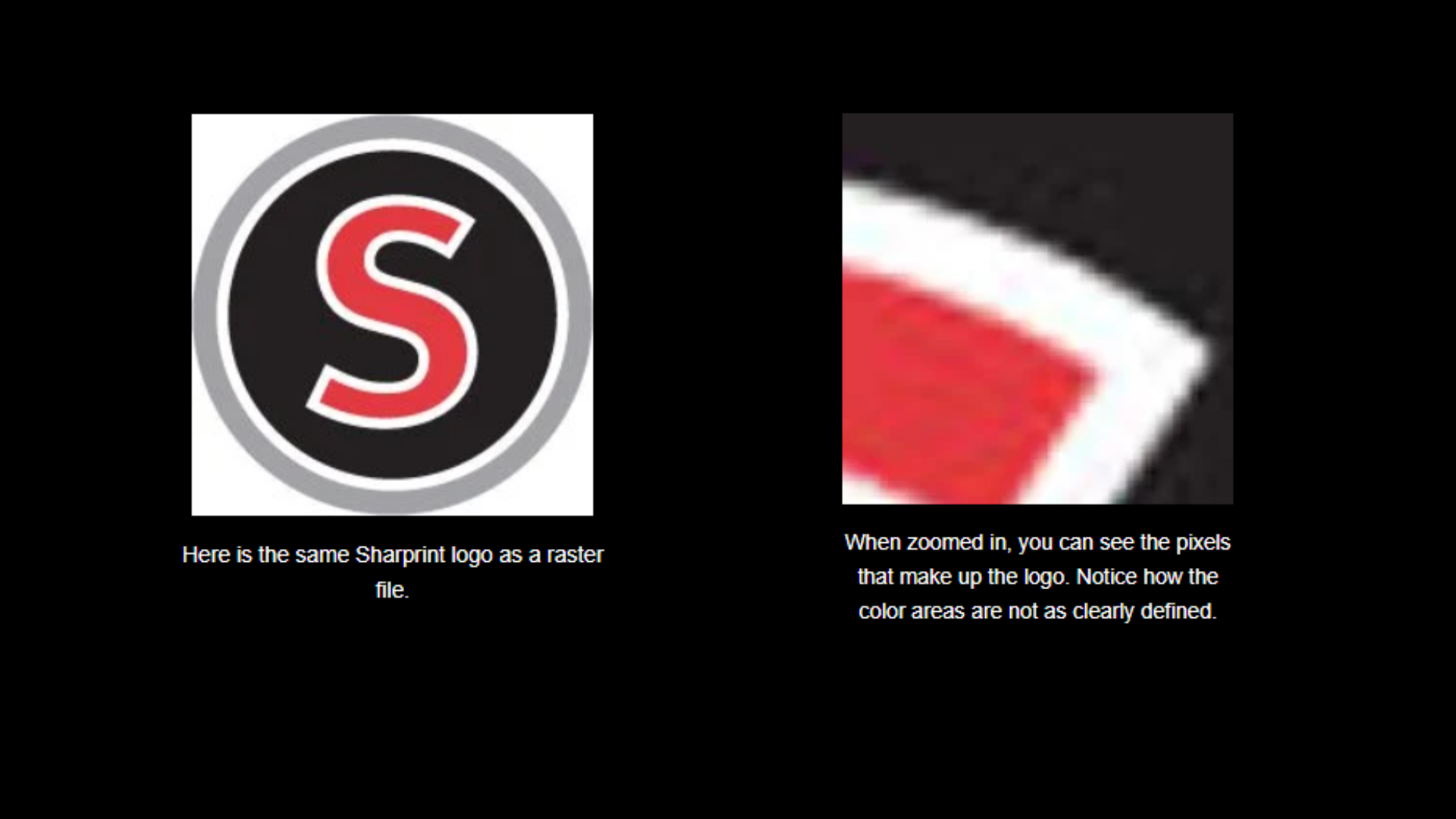The Artwork
Embroidery File Review Simplified
The first step in providing beautifully embroidered custom apparel is receiving and reviewing your art files. All digital files are then redrawn as virtual maps to place the stitches when processed through the embroidery machine. This process is called digitizing. The cleanest files produce the most perfect embroidery.
Letter Size - Letters can be no smaller than .25” or they will not embroider well.
Detail - Super fine detail will likely be compromised. Most embroidered logos are small by nature, thread is a fixed width and the fabric adds an element of compromise.
Gradients - Complicated gradients can sew very well. Keep in mind, however, that stitches do not blend, so the gradient will be less smooth in appearance than what you see on your computer screen.
File Types

Preferred Format
Vector files created in Adobe Illustrator (ai, eps, pdf) with fonts converted to outlines. This format produces the highest quality embroidery.
These images, logos, or designs are created using paths instead of pixels. This means the file is perfectly clean even when zoomed in or scaled. It is very easy to see definition in shapes and designate stitches.

Acceptable Format
Raster files created in Adobe Photoshop (jpg, tif, gif, png, eps) at a minimum of 150dpi at the final image size.
These images, designs, or logos are composed of pixels rather than paths. When zoomed in it is more difficult to see detail and where shapes begin and end. For this reason a digitizer must do some creative estimating. Your end embroidery may not be as exact as you would like it to be.
Top Embroidery Articles
How to Use Pantone Colors for Embroidery & Screen Printing
Why Embroidery Sew Outs May Vary from the Finished Product
The 3 Main Types of Specialty Embroidery Stitches
Advantages of Custom Embroidery for Business Brand Promotion
Embroidery Backing - A World Of Options
Turning Art Files Into Embroidery with Digitizing
Know Your Options When Creating Custom Embroidery